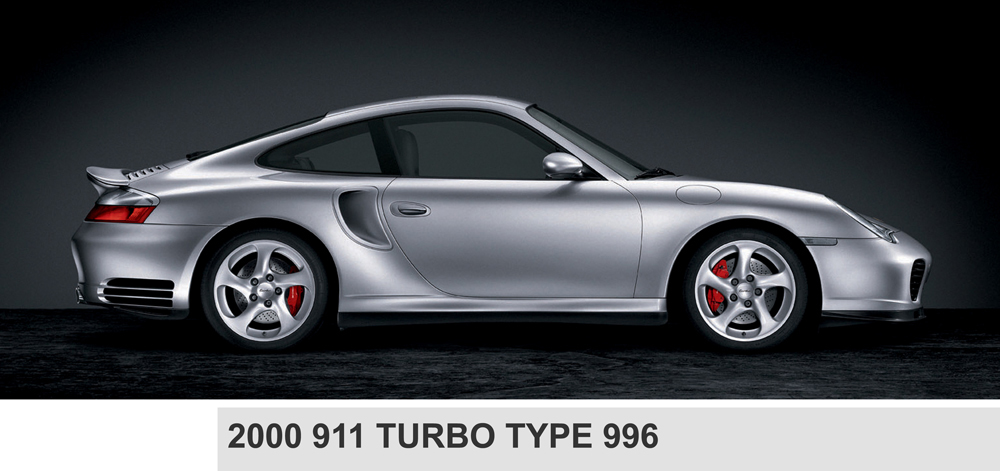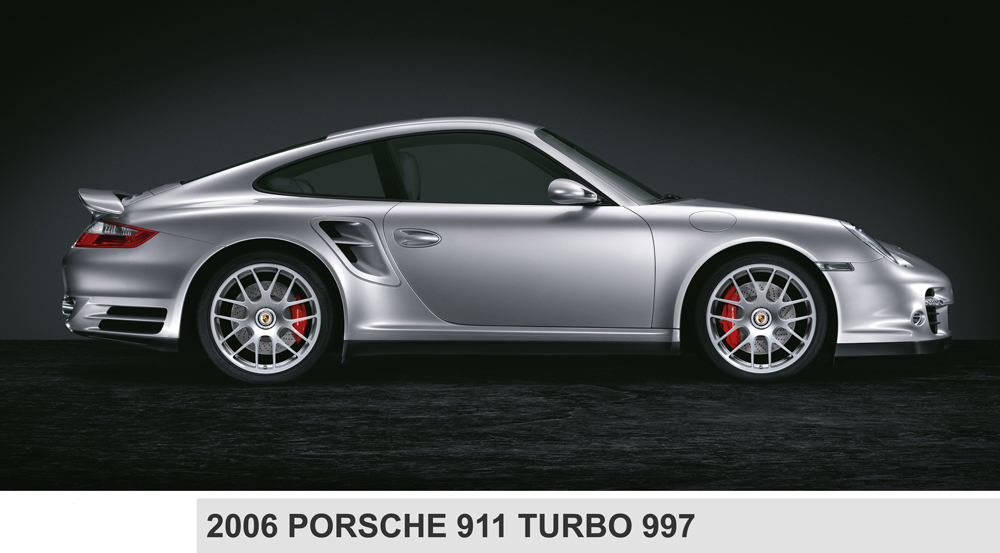
Once again, the 911 Turbo had redefined performance in a compact, usable package, and this was further developed in 2006 with the advent of the 997-based model, which featured up to 679 Nm through a temporary turbo overboost facility. It also introduced the Porsche Traction Management (PTM) multi-plate clutch system to split the torque to the front axle instead of the old viscous coupling, a development not unlike the ‘PSK’ system that debuted on the 959 all those years previously.
In 2010 the second generation of 997 Turbo appeared, with the ‘Mezger’ engine superseded by an all-new, twin-turbo flat six of 3.8-litres capacity direct injection increasing power to 500 hp and torque to 700 Nm on overboost. Furthermore, having originally developed the technology on its turbocharged racing cars 25 years previously, Porsche was at last able to team the 911 Turbo with a twin-clutch PDK gearbox. The ultimate 911 Turbo of this era was the second generation Type 997 Turbo S, which featured 530 hp and was the first Turbo model to be available purely with an automatic gearbox (PDK). Porsche claimed 0-62mph in just 3.3 seconds, but some magazine testers recorded sub three-second figures. With over twice the power of the original but the same ethos at its core, it remained the ultimate expression of the 911 Turbo until the highly anticipated arrival of the 991-based model in 2013 moved the game on to the next level.
The first 911 Turbo to be available with an optional automatic gearbox was the 996-based model introduced in 2000. PDK arrived in 2010
The new 911 Turbo shared the fundamentals of this fully water-cooled engine with the GT3, but with the twin turbines added it produced 420 hp for a top speed just shy of 200 mph. Another new addition was PSM, the electronic Porsche Stability Management control system, although its intervention was rarely needed.


